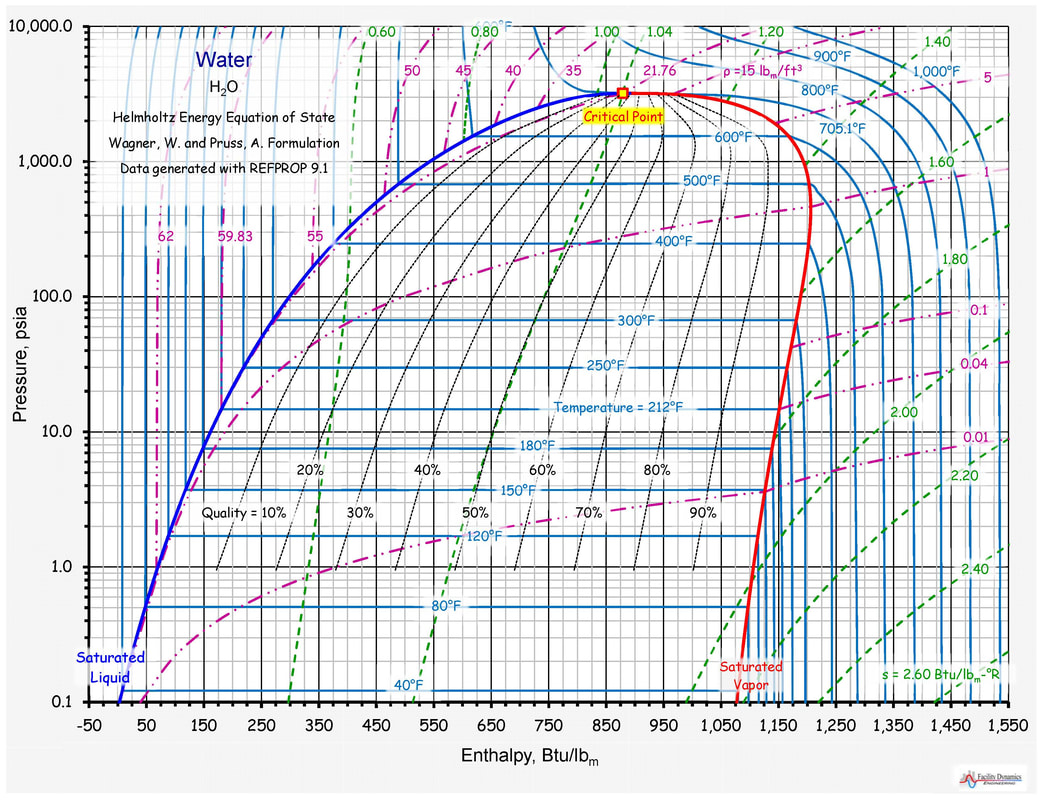

The sixth column is the density of the vapor. The fifth column is the work PΔ V done by each gram of liquid that changes to vapor. The fourth column is the heat of vaporization of each gram of liquid that changes to vapor. The third column is the heat content of each gram of the liquid phase relative to water at 0 ☌. Pressure of the equilibrium is given in the second column in k Pa. Where P is equilibrium vapor pressure in k Pa, and T is temperature in kelvins.įor T = 273 K to 333 K: A = 7.2326 B = 1750.286 C = 38.1.įor T = 333 K to 423 K: A = 7.0917 B = 1668.21 C = 45.1.ĭata in the table above is given for water–steam equilibria at various temperatures over the entire temperature range at which liquid water can exist. Online calculator, figures and tables showing specific heat, C P and C V, of gasous and liquid ammonia at temperatures ranging from -73 to 425C (-100 to 800F) at pressure ranging from 1 to 100 bara (14.5 - 1450 psia) - SI and Imperial Units. Vapor pressure formula for steam in equilibrium with liquid water: log 10 P = A − B T − C, The values below 0 ☌ refer to supercooled water.Įlectrical conductivity of highly purified water at saturation pressure Temperature, ☌ Temperature dependence of the density of ice and water Velocity of sound in water Thermodynamic properties Phase behaviorħ5.97 J/(mol K) and 4.2176 J/(g Structure and properties Structure and propertiesĤ92.215 kJ/mol O–H bond dissociation energy


Oregon State University Library: Special Collections.
Water table thermodynamics calculator software#
ThermoSolver: An Integrated Educational Thermodynamics Software Program. Engineering and Chemical Thermodynamics, 1st Ed., Wiley (2003). Questions and comments about the software should be directed to Milo Koretsky. Maximum and average pressure deviations for the software and DECHEMA are approximately equal, except for the water-acetic acid system, where DECHEMA corrects for gas-phase association, whereas the text software does not. 345-347, sixteen binary vapor-liquid g E systems are randomly chosen from the DECHEMA data collection, and the best-fit models for the textbook software are compared with those reported by DECHEMA. Several examples in the textbook use ThermoSolver to derive saturation pressure values or solve nonlinear systems. Often these problems extend simple problems to more complex thermodynamic models, or ask the student to solve a complex thermodynamic system such as a dew point system which does not obey Raoult's law.

Sixteen problems in the textbook ask the student to use ThermoSolver. The References section cites the sources from which the software's databases were developed. The Thermodynamic Principles section of the documentation explains the relevant thermodynamic equations and the algorithm used to solve the system. For the documentation table of contents, choose "Documentation" from the ThermoSolver programs menu in the Start bar, or press F1 at the ThermoSolver main menu. Press F1 at any time to get help on the current window. ThermoSolver provides context-sensitive HTML documentation. That fact can be verified by comparison with more complex thermodynamic models. This system happens to obey Raoult's law.


 0 kommentar(er)
0 kommentar(er)
